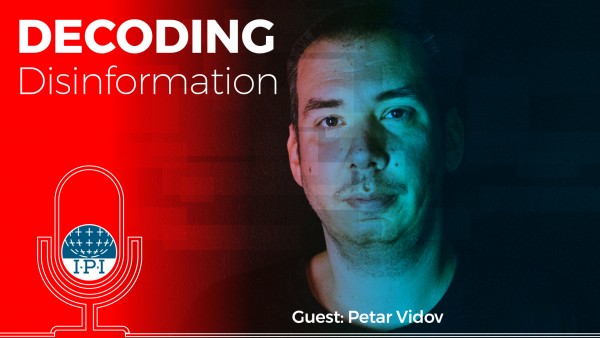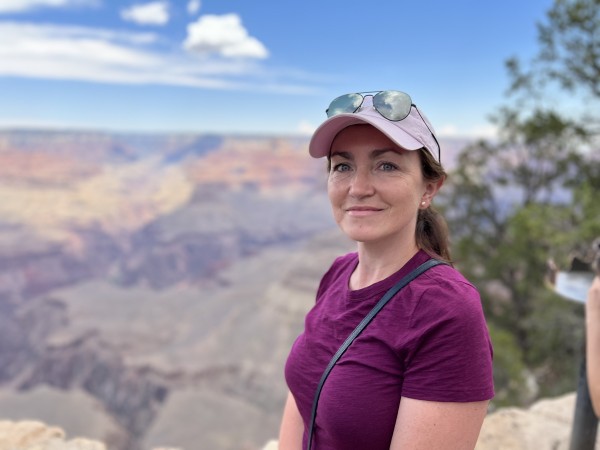Local Journalism Project Case Study: Ojo Con Mi Pisto (Guatemala)
The backstory:
This native digital media outlet, a project of Laboratorio de Medios, was launched in 2013, with the aim of monitoring public money in the municipalities of Guatemala. Ojoconmipisto.com (Watch Out For My Money) is all about keeping an eye on public “pisto” (money).
Many of Guatemala’s 340 municipalities in 22 departments are isolated from the country’s capital and have no media to inform them about issues of governance and public “pisto” allotted to their municipalities.
Audience:
The readership comprises urban residents between 25 and 35 years old, evenly split among men and women. Local authorities are also part of their audience because the institutions are aware that the media outlet is monitoring their spending and overall functioning. In order to look for new audiences, Ojoconmipisto.com started an innovative experiment: to monitor public spending on sports. Traditionally, newspapers only focus on the entertainment side of sports and not the backstory. This fresh angle in reporting attracted new audiences.
Value proposition:
In addition to reporting on the management of public resources in Guatemala’s municipalities, Ojoconmipisto.com educates and trains citizens on how to access public information and supervise money allocated to their municipalities. They train journalists to carry out local journalism and data journalism. They also promote citizen participation, because they are convinced that well-informed citizens are potentially a better source of information.
The team:
The core team based in Guatemala City comprises six members: two reporters, an editor, a community manager, administration, and a project coordinator. The outlet has a network of professional local correspondents who work on an assignment basis.
Product and distribution:
Ojo Con Mi Pisto has a website and also disseminates content through social media. During COVID-19, they started producing podcasts and videos. While Facebook is the main channel of distribution as well as primary point of contact with its audience, the team also publishes a monthly newsletter. In its podcasts Ojoconmipisto.com delivers not only the news but also information on how the story was produced and some further story: How did they get the mayor to respond? What was the impact of the piece?
Business model:
The outlet is attached to Laboratorio de Medios, a journalist organization founded in 2006. Laboratorio does training and consultancies and Ojoconmipisto.com is the journalism side. Ojoconmipisto.com is financed through income from Laboratorio (about 10 percent of revenue) and also grants from foundations (about 90 percent).
The future:
Ojo Con Mi Pisto believes they need to grow as a team to really be able to cover more municipalities and serve more people.
Ask them about:
Ojoconmipisto.com has worked with other journalism outlets, even in other countries, to teach their methodology of monitoring public local money. They also train local reporters on methods of searching local databases for information on public contracts.
In their words:
“Our principles are threefold. Municipal oversight, training, and citizen participation. We are very interested in this part of training citizens. Why? Because they are the first source of information, they are the ones on the ground”.
“The (big) media focus a lot on the big things. So they are not able to see that corruption doesn’t just happen with the big things, corruption starts small, at the local level.”
“Journalism is needed. It is important to practice journalism in our country. However, there are two crises in journalism: one is the crisis of sustainability, and the other is the crisis of disinformation. We have a lot to do in order to tackle both these crises.”
Source for information and views in this case study: Interview with Carolina Alpírez, cofounder, Ojo con mi Pisto.
This story is part of IPI’s Local Journalism Project. The publication of these case studies – part of IPI’s wider work mapping, networking and supporting quality innovative media serving local communities – is supported by the Friedrich Naumann Foundation.



